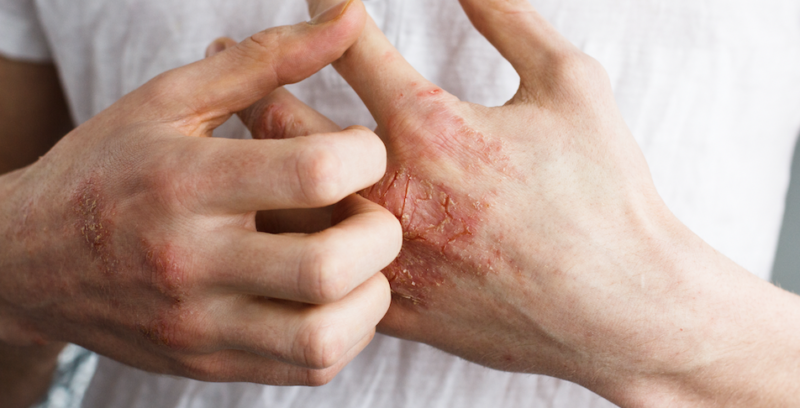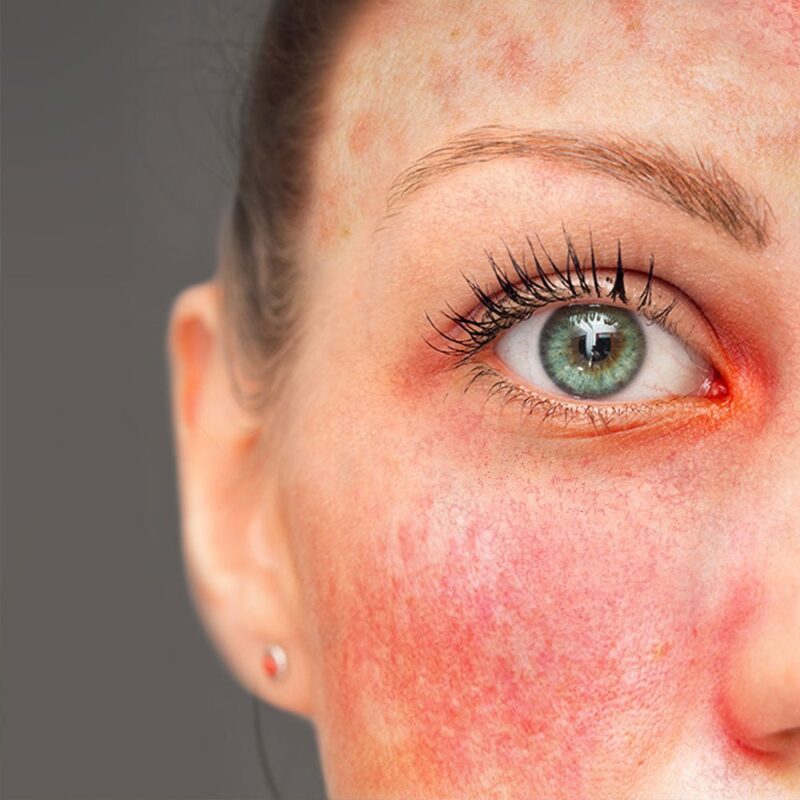Topical steroid withdrawal (TSW) is a condition that affects people who have been using topical corticosteroids on their skin for long periods of time. When these medications are stopped abruptly, the body can react by producing severe skin inflammation and rashes. The symptoms of TSW can become unbearable and very uncomfortable.
Fortunately, there are ways to manage it and reduce its severity. In this blog post, we’ll be discussing the causes of TSW and how to manage it in order to ease the physical symptoms and mental distress associated with it. So, if you or someone you know is experiencing the symptoms of topical steroid withdrawal, read on for some helpful tips!
Topical steroids are drugs that are applied to the skin to treat conditions such as eczema, psoriasis, and other inflammatory skin conditions. While there is no cure for TSW, there are treatments that can help manage the symptoms and make the condition more tolerable.
Eczema

Eczema is a chronic skin condition that causes the skin to become red, itchy, and inflamed. The most common type of eczema is atopic dermatitis, which often begins in childhood. Atopic dermatitis is thought to be caused by a combination of genetic and environmental factors. There is no cure for eczema, but there are treatments that can help to manage the symptoms. One common treatment for eczema is topical steroids. They can be very effective at reducing inflammation and itchiness.
However, long-term use of topical steroids can lead to side effects such as thinning of the skin, stretch marks, and acne. In some cases, prolonged use of topical steroids can also lead to something called “topical steroid withdrawal.” This is when the body becomes dependent on the steroid medication and when the steroid is stopped, the body experiences a “withdrawal” reaction. There is no one-size-fits-all approach to managing TSW; what works for one person may not work for another. However, there are some general tips that may help:
1. Be patient: It can take weeks-to-months for the skin to recover from TSW.
2. Moisturize: Keeping the skin well-moisturized can help to reduce itchiness and irritation.
3. Avoid triggers: Common triggers for eczema flares include stress, certain fabrics, and overheating. Try to identify and avoid your own personal triggers.
4. Seek professional help: A dermatologist or another healthcare professional may be able to provide additional treatments and advice on managing TSW.
Symptoms of Topical Steroid Withdrawal

There are many potential symptoms of TSW, which can vary in severity from person to person. The most common symptoms include:
1. Red, inflamed skin: This is the hallmark symptom of TSW and is often the first sign that something is wrong. The skin may be hot to the touch and may feel like it’s burning or stinging.
2. Itchiness: Many people with TSW report severe itchiness, which can be extremely distressing and can interfere with sleep.
3. Skin rashes and hives: These are another common symptom of TSW, and can be very itchy as well as unsightly.
4. Blisters: Some people with TSW develop blisters on their skin, which can be painful as well as a nuisance.
5. Swelling: Many people with TSW notice swelling in the affected area, which can be uncomfortable and may lead to difficulty moving the affected limb(s).
6. Joint pain: Joint pain is a relatively uncommon symptom of TSW but can occur in some cases. It is usually accompanied by swelling in the affected joint(s).
We hope this article has given you an insight into what TSW is, how it should be managed and what approaches may be most successful in helping to relieve your symptoms. If you have any further questions or concerns about topical steroids withdrawal, please do not hesitate to contact a qualified medical professional for advice.

